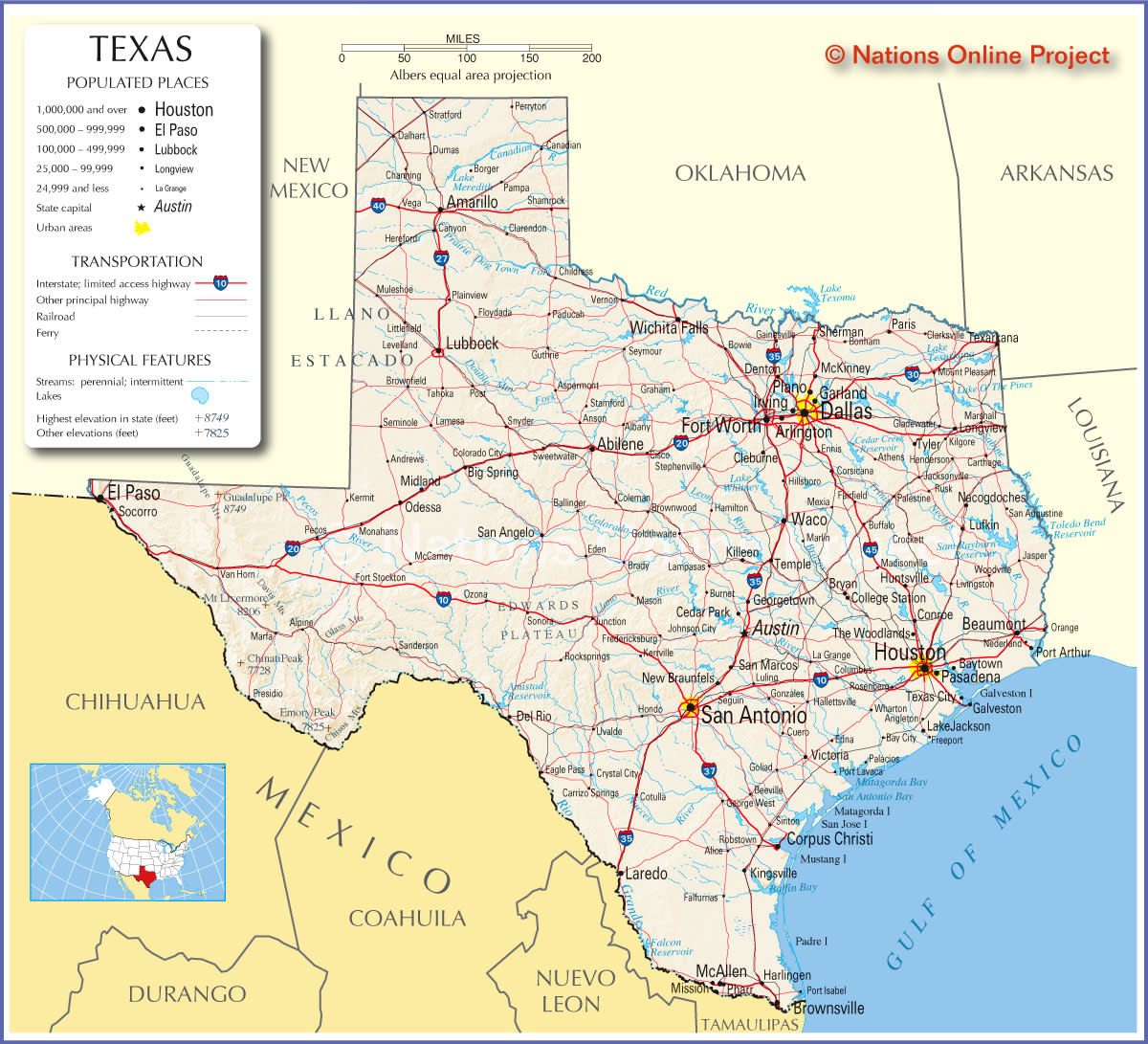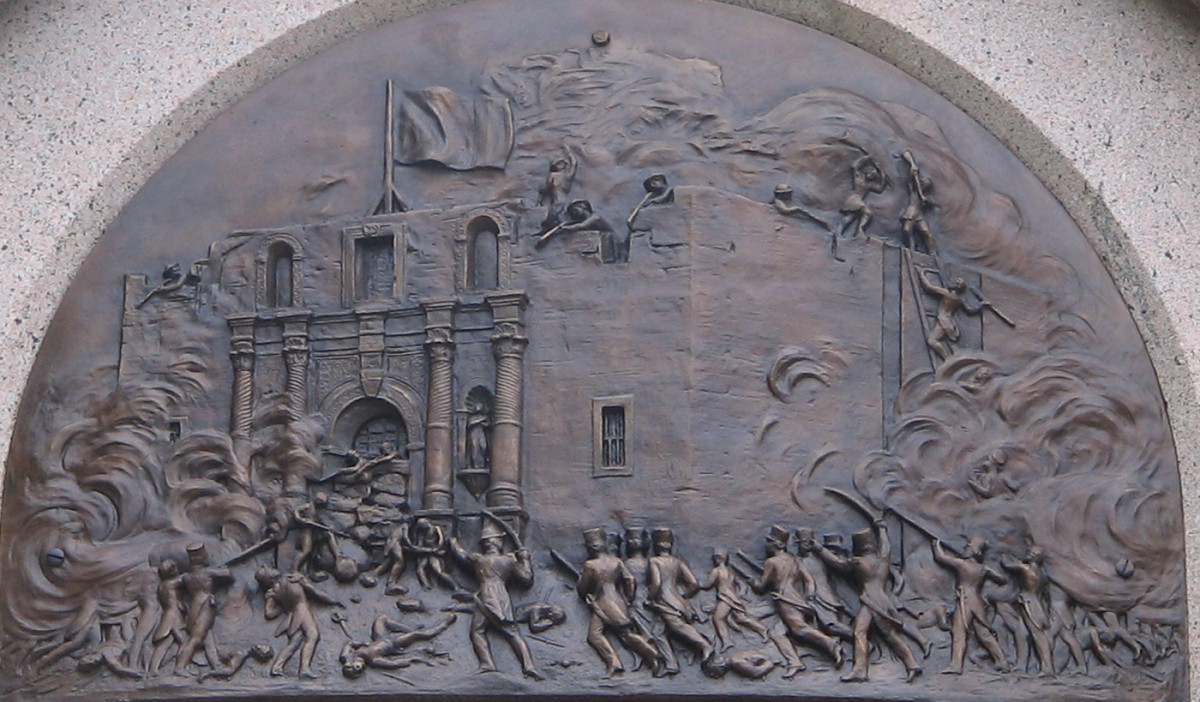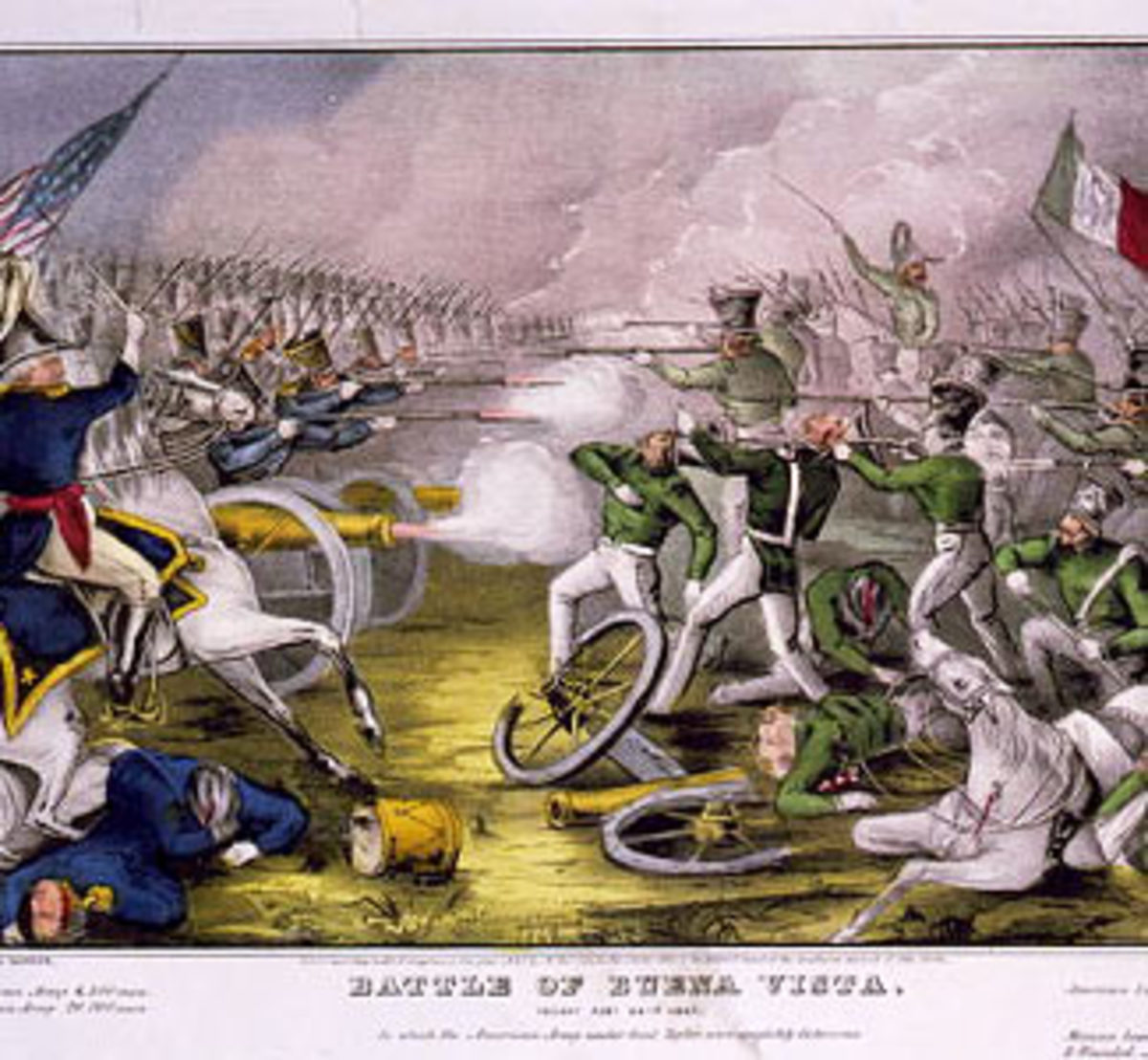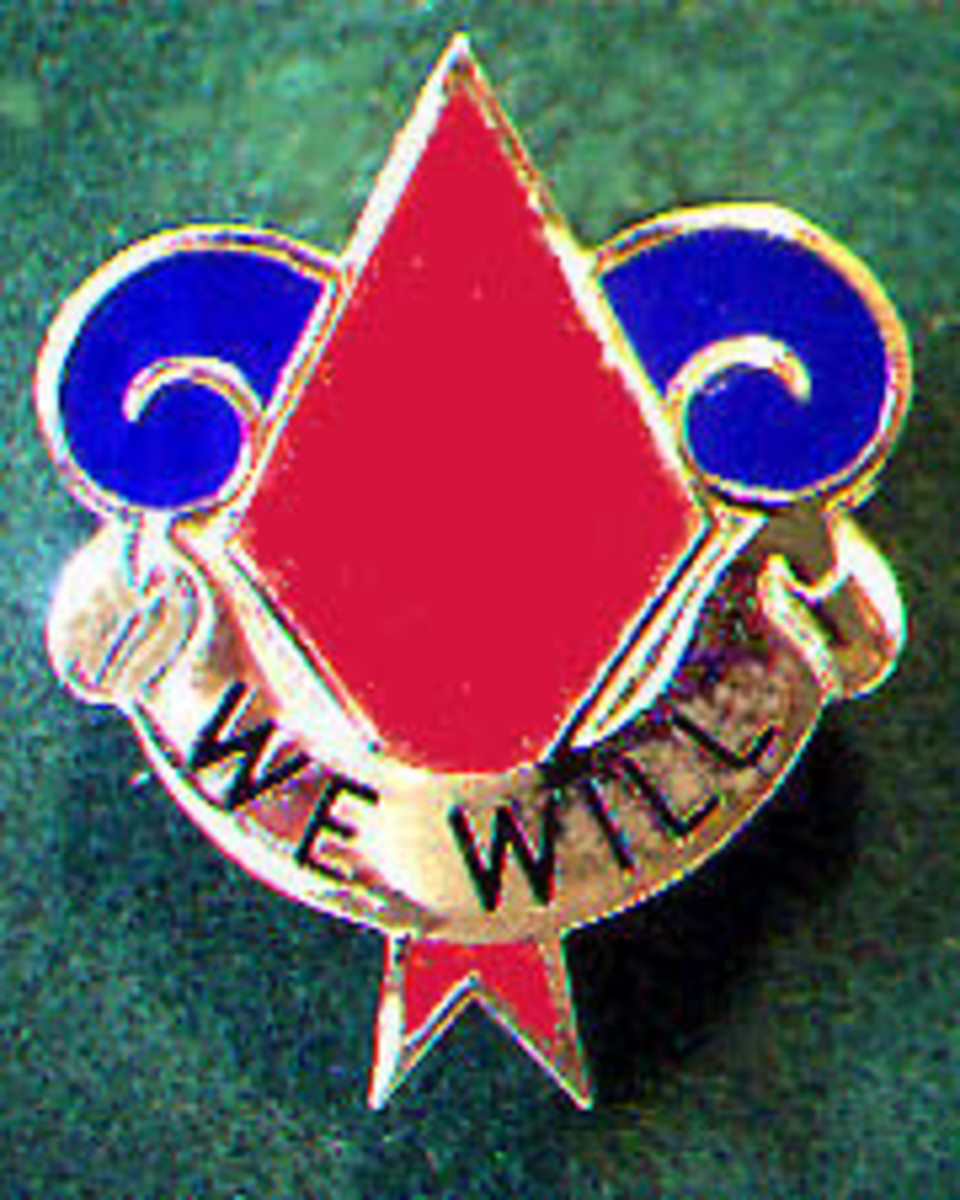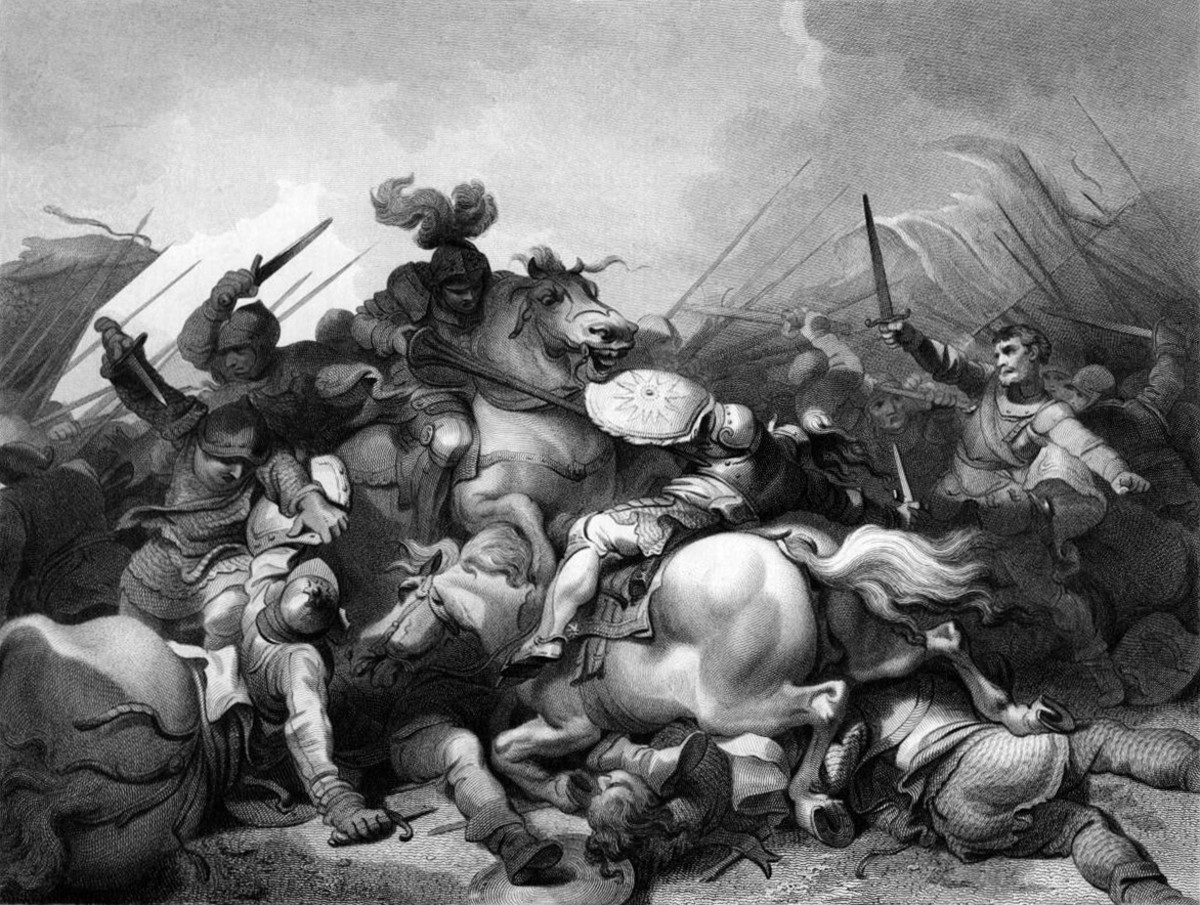The Mexican-American War: The Good, Bad, and Ugly (part I)
Daniel Webster - Secretary of State
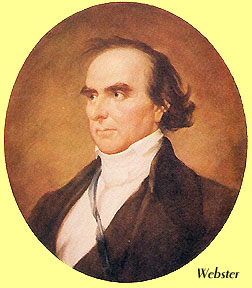
Interviewing Sen. Daniel Webster
Mexican-American War – The Good, Bad, and Ugly (part 1)
(An imaginary interview of Daniel Webster – by Michael M. Nakade)
The Mexican-American War’s Political Background
Interviewer: Thank you, Mr. Webster for your time today. I am glad that I get to ask you lots of questions on the Mexican-American War’s origin.
Webster: You’re welcome. I think I’m qualified to talk about the War’s background since I was right in the thick of things as a senator from Massachusetts during the 1830s and the 1840s. I have the first hand knowledge and experience. Later in my career, I served the country as Secretary of State. I knew the War from the diplomatic point of view as well.
Interviewer: How did the War with Mexico come about? The Mexicans gained their independence from Spain in 1821, and I am aware that Henry Clay wrote an article, supporting and praising the Mexican Independence.
Webster: That’s right. We felt sympathy toward the Mexicans. Just as we fought against the British Empire, the Mexicans fought against the Spanish Empire. It was natural for us to root for the Mexicans. But, it changed when some 300 Americans moved to the northern part of Mexico for homestead. They became the Texans in 1822. By 1835, the Texans were fighting for their independence from Mexico.
Interviewer: It makes no sense to me. Why did the Mexicans allow some 300 Americans to move into their newly independent country?
Webster: I know it sounds stupid now, but in those days, the Mexicans felt that Texas was an open area, and they wanted somebody to live there. They actually invited some American families to move in. Little did they know that these Americans would be a huge headache for the Mexican nation.
Interviewer: I see. So, that’s how the story of Alamo came to be. Americans moved to Mexico in 1822 because the Mexican government opened their northern territory up for homesteaders.
Webster: You probably know names like Stephen Austin and Sam Houston. They are the founding fathers of the independent Texas Republic. Sam Houston led the Texans to a stunning victory in 1836 and became the first president of the Republic of Texas. From the very beginning, the Texans made it know to the U.S. Government that they would like to join the Union. There was no secret about it.
Interviewer: So, what did America do when this was going on?
Webster: Not much. Andrew Jackson was the outgoing president that year, and he knew that the issue of slavery would divide the nation. You see, former residents of the South were living in Texas. They had the institution of slavery in Texas. Naturally, they would join the union as the slave state. The Abolitionist movement was becoming stronger and stronger in the North. I was an abolitionist myself. Jackson kept his cool and did not try to annex Texas. Soon, he left the office. The next president, Martin van Buren came on board, and he was busy trying to clean up the Panic of 1837. The Texas issue did not come up to the surface during Van Buren’s time.
Interviewer: So, what changed in 1845? Texas was annexed on March 1, three days before President Polk was inaugurated.
Webster: The outgoing president was John Tyler. He was called ‘His Accidency’ because of the way in which he became the president. You see, the 9th president, William Henry Harrison died after 30 days in office. Although Tyler was a Whig Party member like me, he was really a Southern Democrat at heart. He wanted to annex Texas to the Union as a slave state. He got that done through the joint resolution of the senate and the house. That process required only the majority vote. If he did it the old fashion way, he would have needed the 2/3 super majority in the Senate first. Given the number of senators from the free states, that would have been impossible. I cast my ‘nay’ vote to the Texas annexation, of course.
Interviewer: Then, James K. Polk came to the White House, and the war was on. Right?
Webster: No. The first battle didn’t take place right away. Mexico broke off the diplomatic relation with us over the annexation of Texas. Polk realized that the border between Mexico and America was not settled, yet. America insisted on Rio Grande, while Mexico said it was Nueces River. Polk had to engineer this dispute to a battle. The first gun shot was fired in the early summer of 1846. About 14 months after Polk’s inauguration.
Interviewer: So, did America go to war with Mexico over the border dispute?
Webster: On the surface, yes. But, at a deeper level, the answer is no. Behind the scene, Polk was trying to settle the issue with money. He offered the Mexican government $25 million to buy California and to settle the border dispute to America’s satisfaction. For Polk, the border dispute was minor compared to acquiring California. He was obsessed with California.
Interviewer: Was it because of the gold?
Webster: No. You are getting ahead of yourself. The gold near Sacramento was not discovered until 1848. Polk wanted California even without the gold. You know why?
Interviewer: I think I know why. It’s because of ‘Manifest Destiny.’
Webster: You’re good. At that time in our history, Americas convinced themselves that their country would one day become the nation of sea to shining sea. Getting California from Mexico would make this vision a reality. Besides, there were all kinds of rumors about California at that time. Some people thought that it was like the ideal place on earth with a very mild climate and abundant fruits and flowers.
Interviewer: But California belonged to Mexico at that time, right?
Webster: Yes. Polk would have said, “But, so what?!” He was willing to force a war with Mexico for California. Settling a border dispute with Mexico over the newly annexed Texas was a minor issue compared to his goal of acquiring California.
Interviewer: It does not sound moral here. What do you think?
Webster: It was immoral. Absolutely. America was like a big bully in the playground. The bully wanted a little guy’s bike. First he offered the little boy 25c, a quarter. The little guy refused. So, the bully engineered to have the little guy spit on him. With that, the bully went all out and beat the little guy up and robbed the coveted bike. Well, actually, the bully did give a quarter to the little guy after the fight.
Interviewer: How did Polk see the war?
Webster: He is a Southern Democrat from Tennessee. His hero was Andrew Jackson. He was an expansionist. He wanted to add California to the United States in the worst way. It was clear that the war being immoral didn’t bother him at all. His attitude was: Get California now. We’ll worry about detail later. He died only three months after leaving the White House. I’m not saying that God punished him for early death or anything like that.
Interviewer: Thank you, Mr. Webster. Your insider’s take was very interesting.

